Yes! There is an official olive oil tasting glass! Yes! there is a proper way of tasting olive oil.
To liven things up a bit, I made a short video describing the glass and sharing how to tasting olive oil properly, from a technical perspective.
There are so many unique and fun curiosities about tasting olive oil. Not only is the human palette still the only recognized way of grading olive oil – machines have not replaced us. So tasting olive oil for grading purposes, is really important and most often when these glasses are used. A panel tastes in concert and they calibrate to act very much like a machine. The people who make up a panel are very dedicated and taste together every two weeks to ensure they are accurate in their measurements.
Olive oil tasting glasses are also used in competitions, awarding olive oils for quality is always a fun process and being apart of an awards judging panel is also a lot of hard work, but also a lot of fun. Tasting so many samples from quality producers is incredible although choosing the winners is always the challenge. That said, being in a room of people passionate about olive oil and tasting together is always a blast.
So, to taste olive oil properly there are three components.
Warm the tasting glass
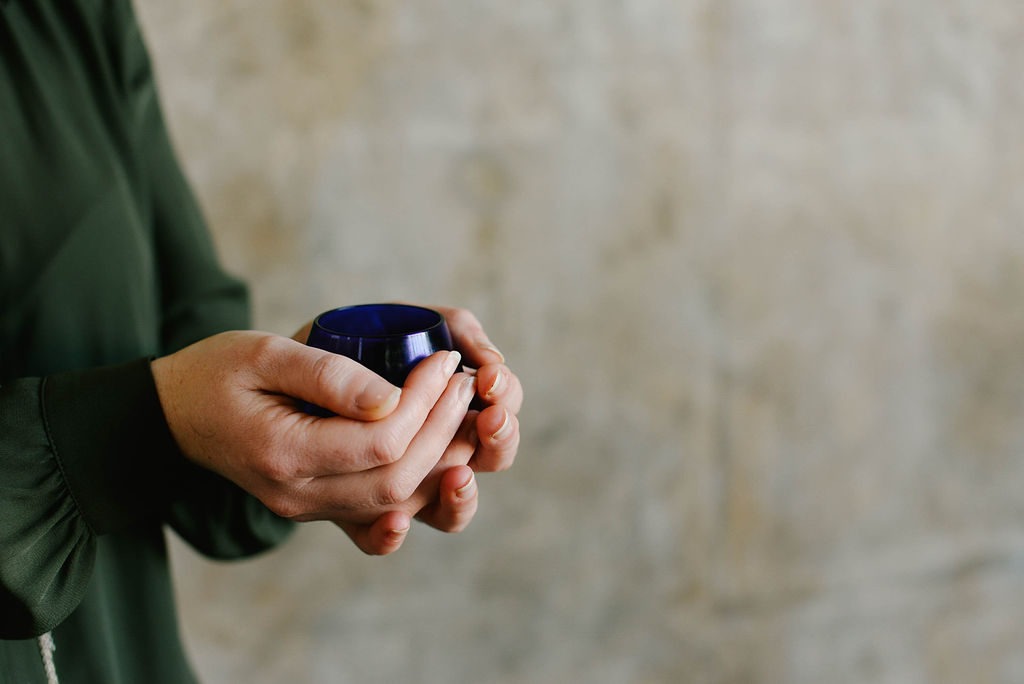 Cradling the glass to warm it is the first part of the tasting experience.
Cradling the glass to warm it is the first part of the tasting experience.The first is to warm the glass and swirl. Olive oil is best tasted between 28-32°C, so for grading purposes, the olive oil is warmed in a warmer, as this is the temperature when the defects will be most present. When tasting for grading purposes, this is what you’re looking for. Since extra virgin olive oil is classified as an olive oil with zero defects, when tasting for grading the focus is more on what is wrong than all the things that make it incredible and delicious.
 Warm and swirl your tasting glass to aerate the olive oil and trap the aromatics inside.
Warm and swirl your tasting glass to aerate the olive oil and trap the aromatics inside.
Swirling the olive oil aerates it and allows the aroma to be released out of the molecules in the oil. Olive oil doesn’t have the body that wine does, so caping the glass with your hand is important so all the molecules are trapped, not released to early, but kept together so you can smell them.
Smell the warmed olive oil
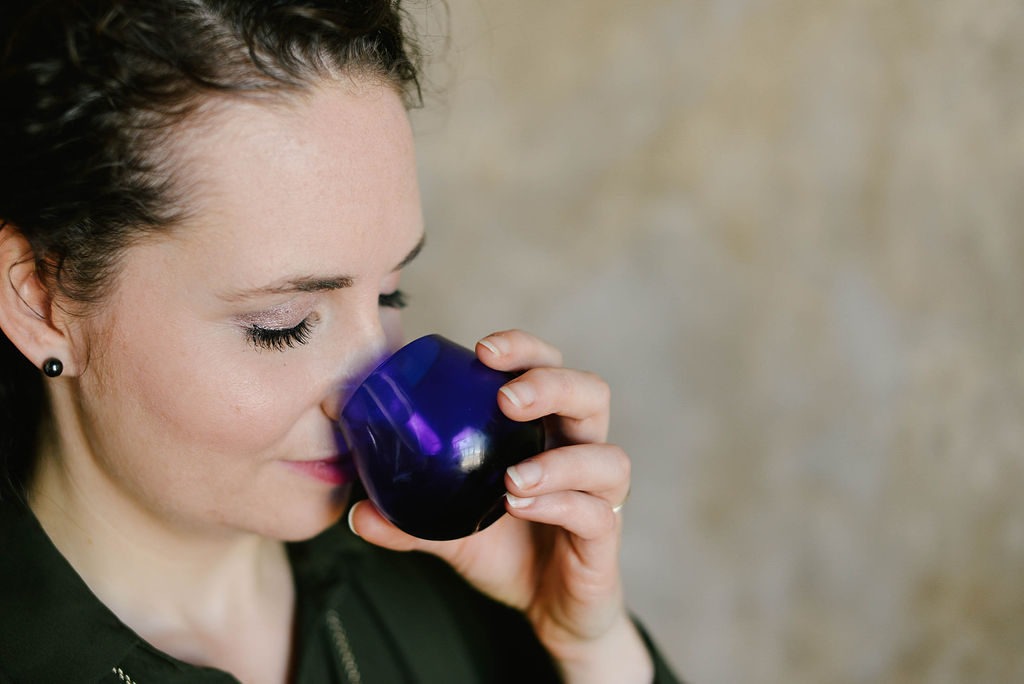 Give the olive oil a good long smell before tasting to experience all the aromatic components.
Give the olive oil a good long smell before tasting to experience all the aromatic components. The second is to smell the oil. After aerating, smelling all those trapped molecules is where the aroma and initial experience comes from. Many defects are present on the nose of the olive oil as well as the positive attributes too. So much can be sensed from smelling an olive oil, often the varietal can be identified from smelling it as well.
Taste the olive oil by slurping
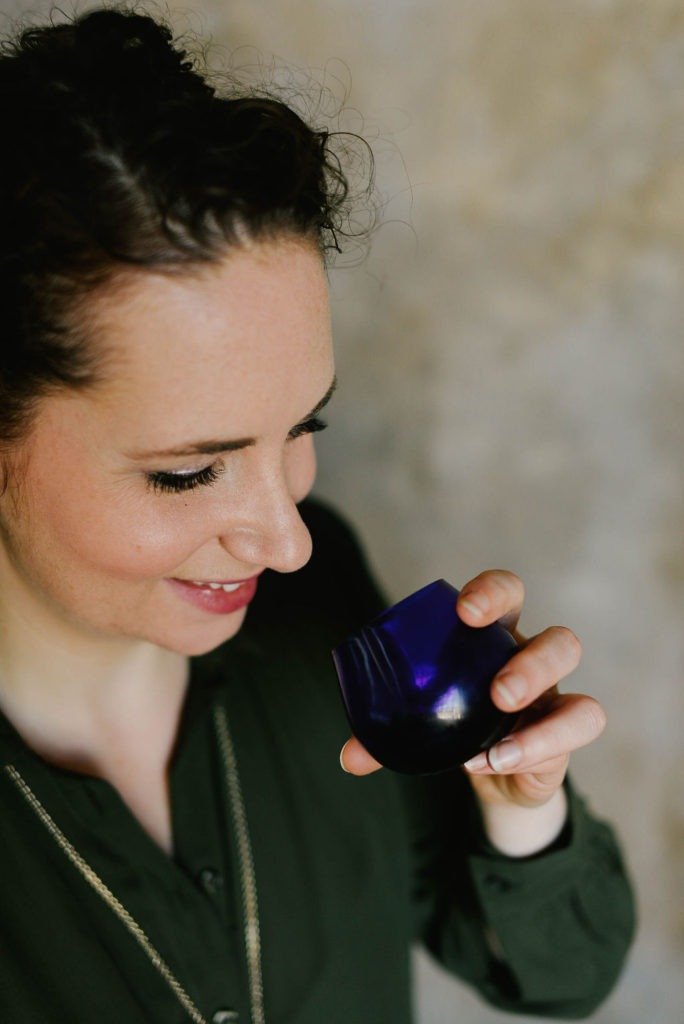 Tasting and smile as you slurp back the delicious olive oil and experience it to the fullest.
Tasting and smile as you slurp back the delicious olive oil and experience it to the fullest.The third is to taste. When taking a slurp of olive oil, it is important to suck it back through your teeth with short quick breaths, this allows the oil to cover your entire palate and also allow the aromatics to fill your nose as well. This allows for a full and complete analysis as you taste all aspects of the oil. The viscosity of the oil also means the taste is quite long. It can take up to 45 seconds for all the flavours to cross your palate as the oil falls deeper into your taste buds and across your palate and connects with the olfactory nerves.
Three quick steps and there you have it! Tasting olive oil is one of my favourite things in the whole world. Every taste is unique and the experience is so much fun. I hope you enjoy it too!
Feel free to leave questions and comments below and check out some of my other videos, tasting olive oil live and reviewing some delicious ones!

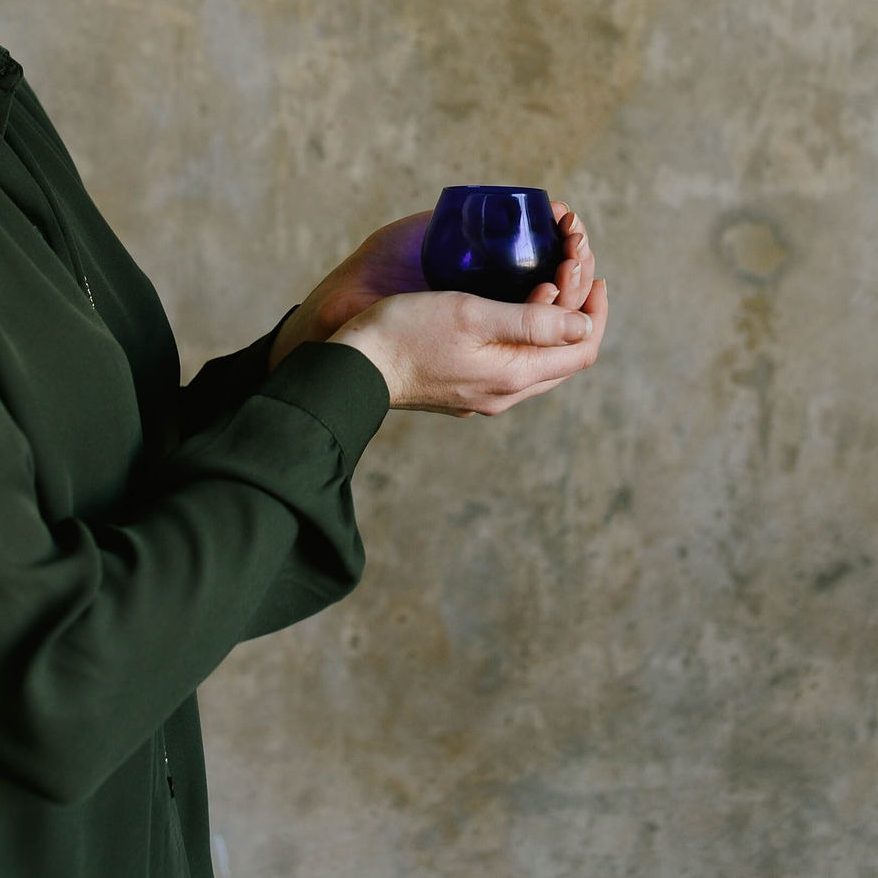
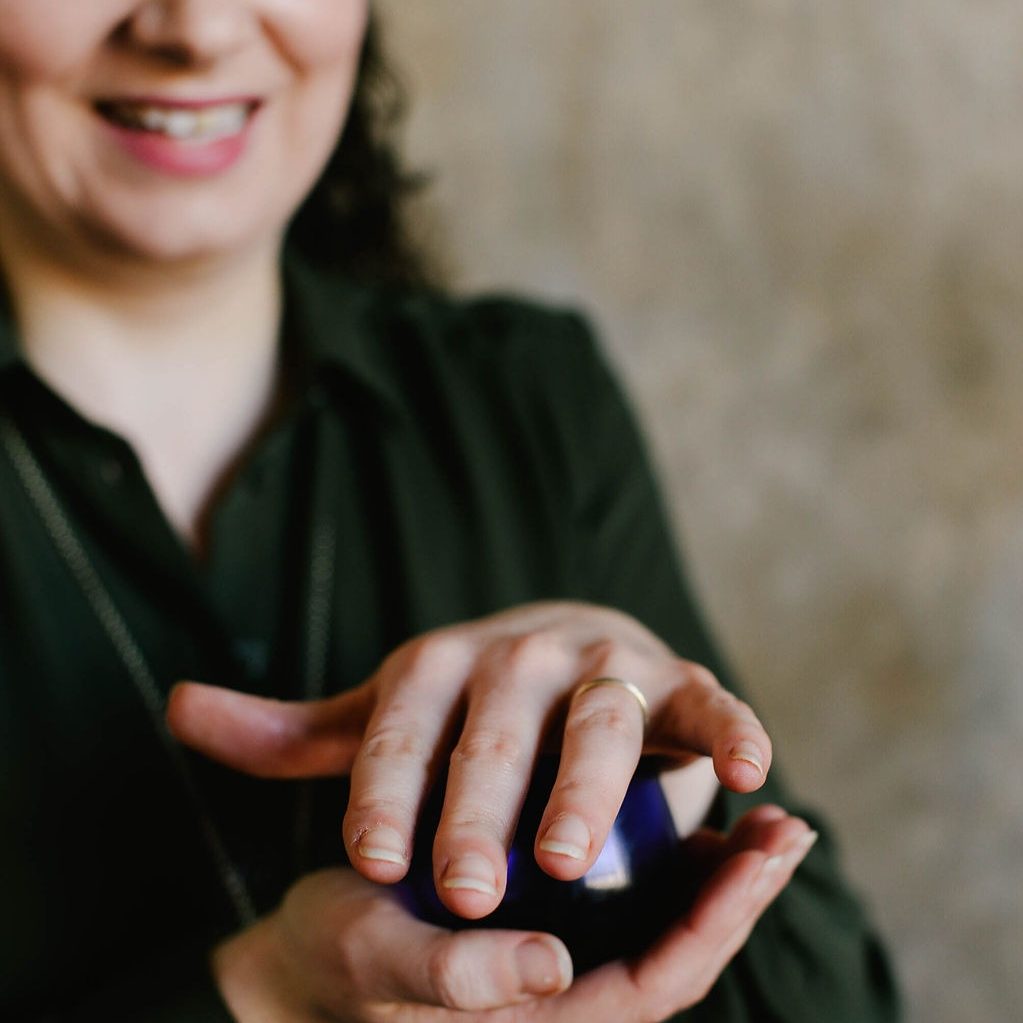
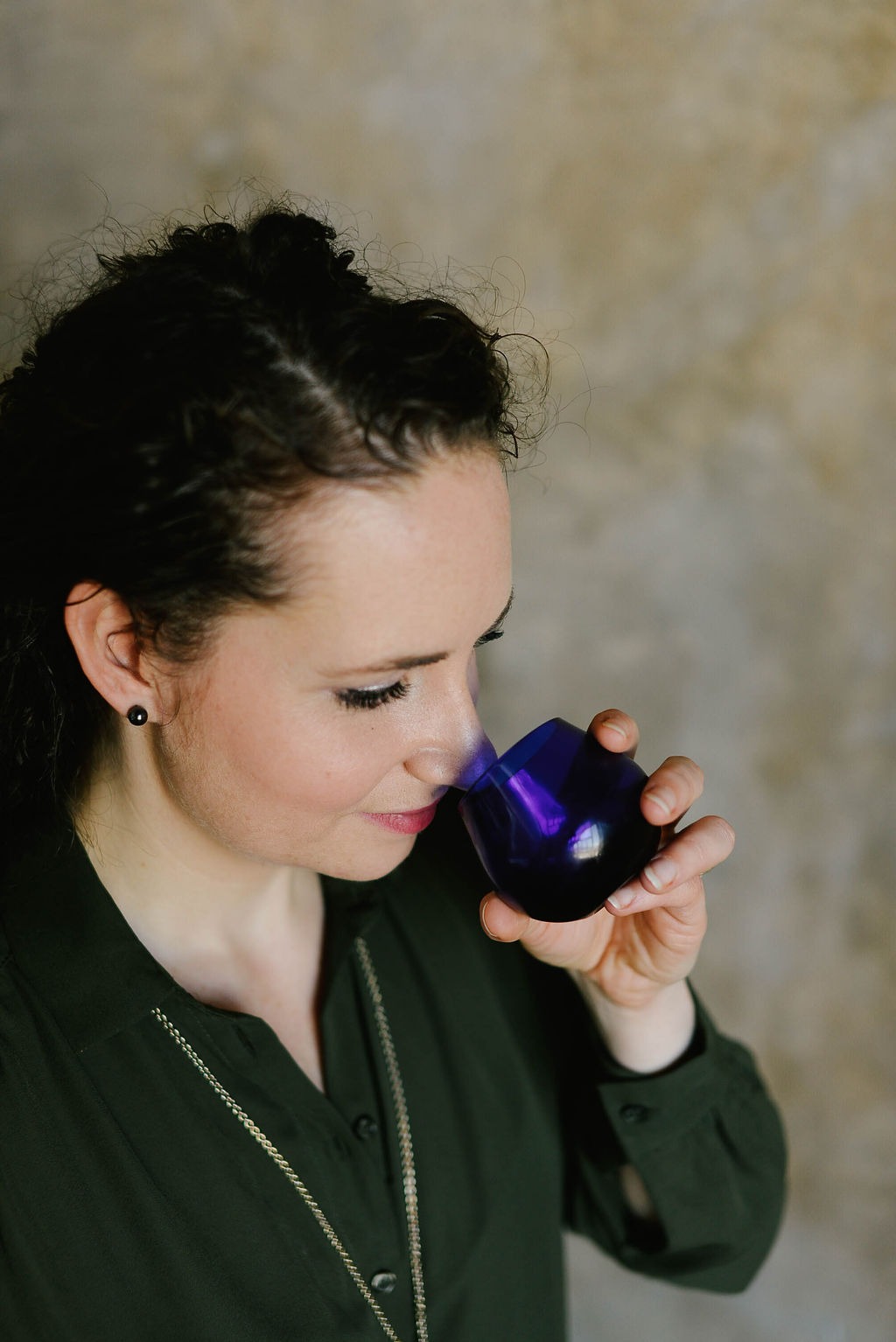

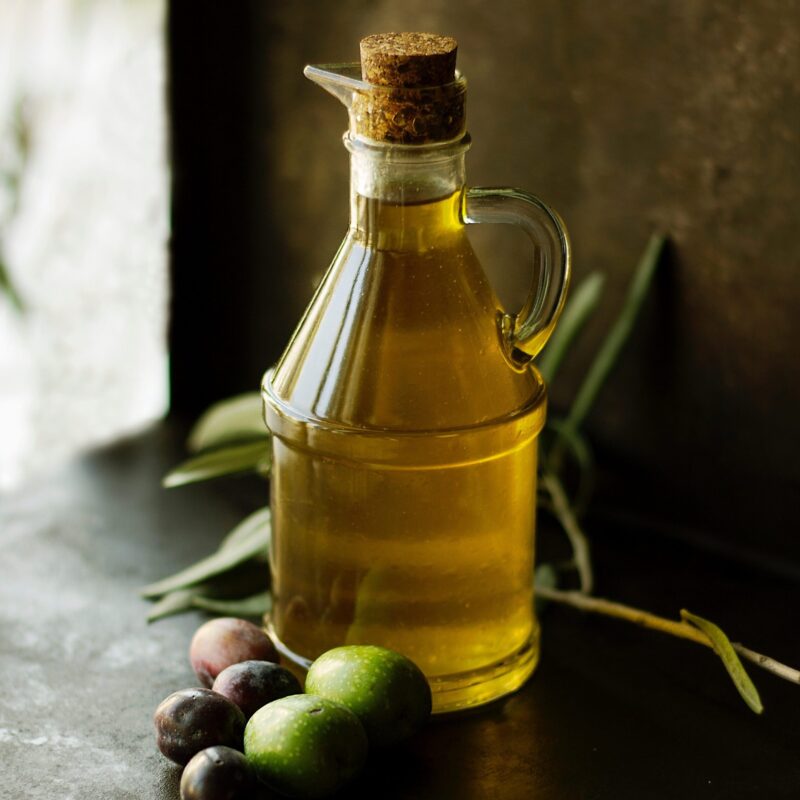

0 Comments